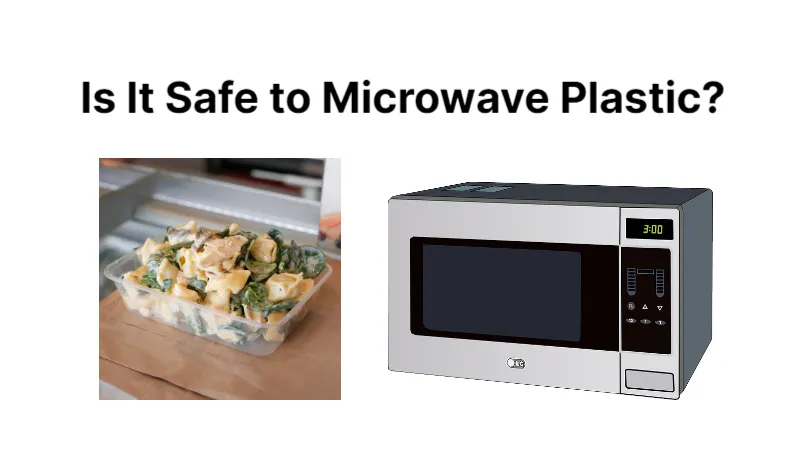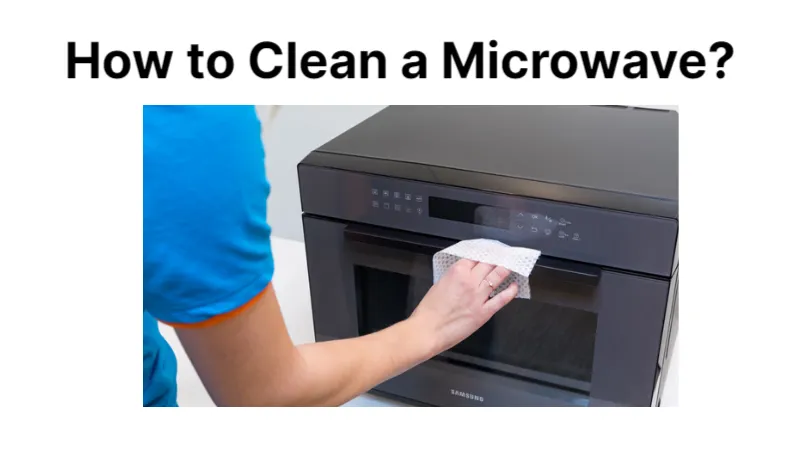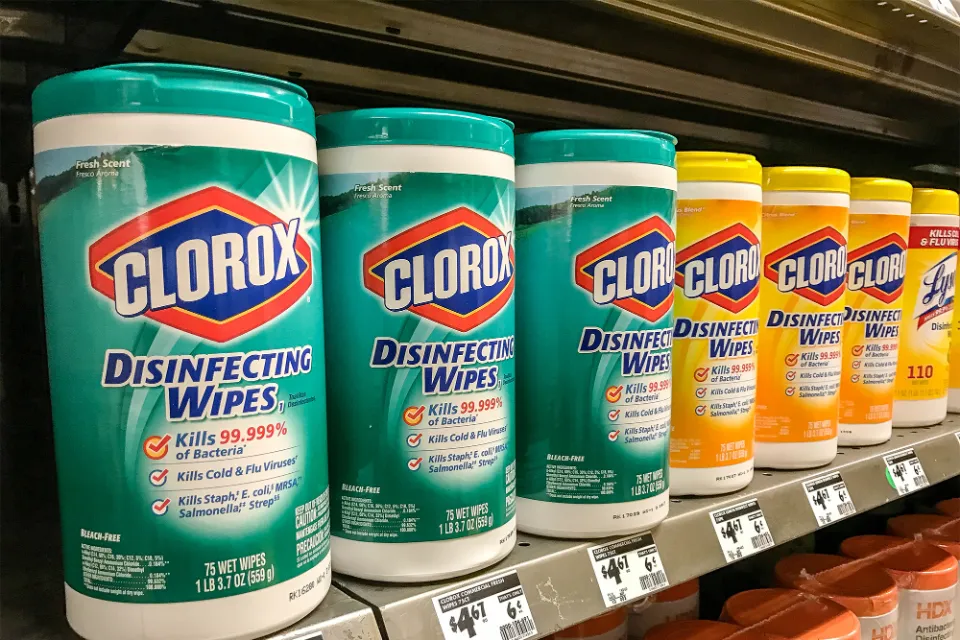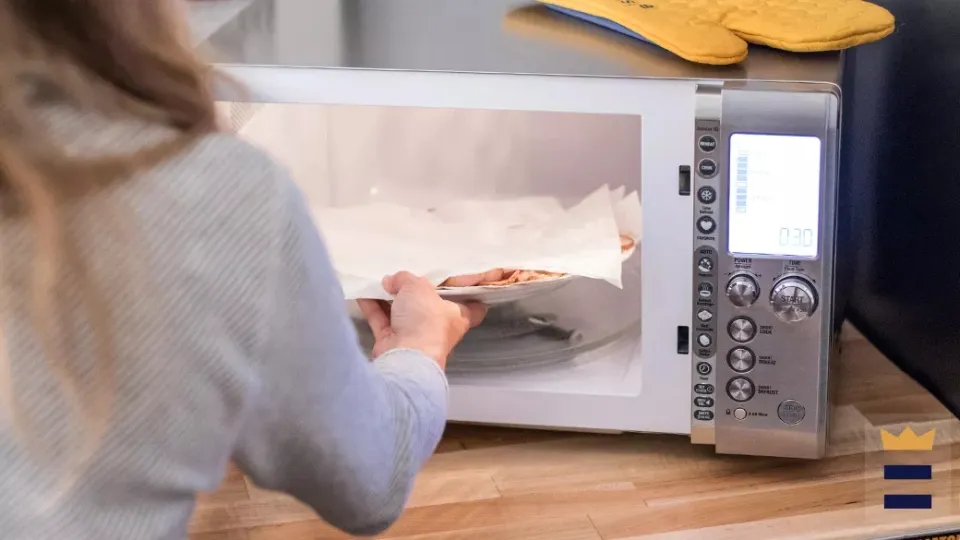You’re prepared to reheat your leftovers, but is it safe to microwave plastic? Before starting your next meal, review the information below.
The query has no affirmative or negative response. The kind of plastic heated in the microwave, how long it was heated, and the state of the container all affect how much BPA and phthalates leach into food.
For more information, keep reading.
Is It Safe to Microwave Plastic?
The response to this query is neither yes nor no. The kind of plastic used in the microwave, how long it’s heated for, and how well the container is maintained all affect how much BPA and phthalates end up in food. The most dangerous types of plastic containers are those that are damaged or old, as well as those that have been heated or stored for extended periods of time. Likewise, higher fat foods like certain meats, and those heavy in cream and butter shouldn’t be heated in plastic containers as fat is a greater carrier of chemicals.11
Sadly, this might imply that, if you’re worried about unfriendly substances contaminating your leftovers, reheating and/or reusing your plastic takeout boxes might not be the best idea.
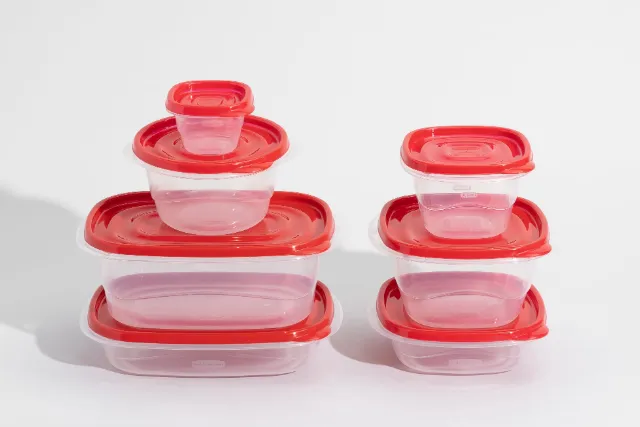
If a Plastic Container Or Wrap is Microwave-safe
To see if a plastic container or wrap is microwave-safe, check the label:
- Products labeled “Microwave Safe” can be used in a microwave.
- The microwave can be used with items that are marked with the microwave symbol. Most reusable plastic storage containers feature this symbol. Learn more about the different types of plastic food packagingand symbols.
- There may be guidelines for safe microwave usage on the labels of other plastic packages, containers, or wraps.
All plastic food packaging materials – whether or not it’s microwave-safe – must meet stringent U.S. Food and Drug Administration (FDA) safety standards. Before allowing new food-contact materials to hit the market, the FDA conducts a safety review.
Some types of plastics, such as plastics used in butter tubs and deli containers, are designed for cold food storage, not for reheating. Put your food in a container that is labeled for microwave use before heating it in the microwave if the container in question is not.
How to Avoid BPA and Phthalates in Plastic?
Utilizing food containers free of phthalates and BPA is the first and most effective way to avoid exposure to these chemicals. Glass, metal, and other non-plastic containers are more durable and, in the case of glass, can frequently be microwaved.
Some people, including research scientists, steer clear of touching cash register receipts because some of them are produced using thermal printing techniques and contain surprisingly high levels of BPA.
Plastics that have the recycling symbol “7” usually contain higher levels of BPA and plastics marked with the recycling number “3” are more likely to contain phthalates.5 But because these markings aren’t used to indicate the additives in plastic, they can’t really be relied upon to tell if or how much BPA and phthalates plastics contain. (There’s no consensus, for example, on whether “5” plastics contain BPA.)
Even though most people probably don’t need to go to extremes to avoid all plastics, it may be wise for some populations, particularly young children and women who are close to becoming mothers.
It makes sense to take all reasonable precautions to shield developing fetuses and young children from the potentially harmful effects of plastics because the effects of hormone-disrupting chemicals are most pronounced in these vulnerable populations.
Types of Plastic
Long polymer chains with thousands of repeating monomer units make up the material known as plastic.
Plastics can also be made from renewable resources like wood pulp and cotton linters, though they are typically made from oil and natural gas.
The recycling triangle at the bottom of the majority of plastic products will have a number—the resin identification code—ranging from 1 to 7 on it.
The seven types of plastic and products produced from them include:
- Polyethylene terephthalate (PET or PETE): soda drink bottles, peanut butterand mayonnaise jars, and cooking oil containers
- High density polyethylene (HDPE):detergent and hand soap containers, milk jugs, butter containers, and protein powder tubs
- Polyvinyl chloride (PVC): plumbing pipes, electrical wiring, shower curtains, medical tubing, and synthetic leather products
- Low density polyethylene (LDPE):plastic bags, squeeze bottles, and food packaging
- Polypropylene (PP): bottle caps, yogurt containers, food storage containers, single-serve coffee capsules, baby bottles, and shaker bottles
- Polystyrene or Styrofoam (PS):packing peanuts and disposable food containers, plates, and disposable cups
- Other: includes polycarbonate, polylactide, acrylic, acrylonitrile butadiene, styrene, fiberglass, and nylon
To achieve the desired final product properties, some plastics contain additives.
Colorants, reinforcements, and stabilizers are some of these additives.
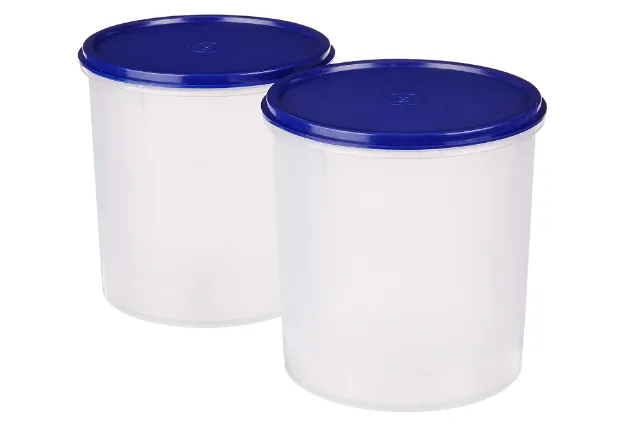
Common Questions
Can You Microwave Plastic?
To know if a plastic container or plastic wrap is microwave safe, you should look on the packaging material for a “Microwave Safe” label. The microwave can be used with plastic items that have the microwave symbol imprinted on them. Most reusable plastic storage containers feature this symbol.
Can You Microwave StyrofoamTM?
The term StyrofoamTM refers to an extruded polystyrene material developed by Dow; the name is frequently used incorrectly to refer to a kind of disposable dinnerware, takeout containers, and packaging materials made of expanded polystyrene foam. Expanded polystyrene products that have the microwave-safe label have been tested for safety in the microwave, and should be safe for use.
If you are unsure and cannot find a label indicating that the packaging is microwave-safe, you should refrain from using polystyrene containers in the microwave at all.
How Can We Really Know Food Packaging is Safe?
The FDA enforces strict regulations on food packaging materials based on exacting scientific standards. The organization controls how most food in the US is prepared, packaged, and labeled, as well as the safety of additives to food.
Can Chemicals Leach Or Migrate into Food from Food Packaging?
All food packaging materials– whether glass, aluminum, paper or plastic – may contain substances that can “migrate” in very miniscule amounts to foods or beverages. The FDA uses thorough analyses that concentrate on a number of factors, including cumulative exposure to food contact substances, the type of packaging used, and the safe levels of exposure to the material to review the safety of packaging components that can reasonably be expected to migrate into a food, even in tiny amounts.
How Does FDA Regulate Food Packaging Safety?
Chemists, toxicologists, and other scientific staff with extensive knowledge and training are employed by the FDA in a separate office called the Division of Food Contact Notifications, which assesses the safety and environmental effects of chemicals used in packaging.
The FDA’s evaluation process includes a thorough examination of all studies and tests pertaining to identity, stability, purity, potency, performance, and usefulness, as well as all studies and tests addressing the effects of food contact substances on both animals and humans.
The Bottom Line
Plastics are materials made primarily from oil or petroleum, and they have a variety of applications.
Although many food storage, preparation, and serving items are made of plastic, microwaves can hasten the release of dangerous chemicals like BPA and phthalates.
As a result, unless the plastic product is listed as microwave-safe, avoid using a microwave and swap out used plastic containers for new ones.
